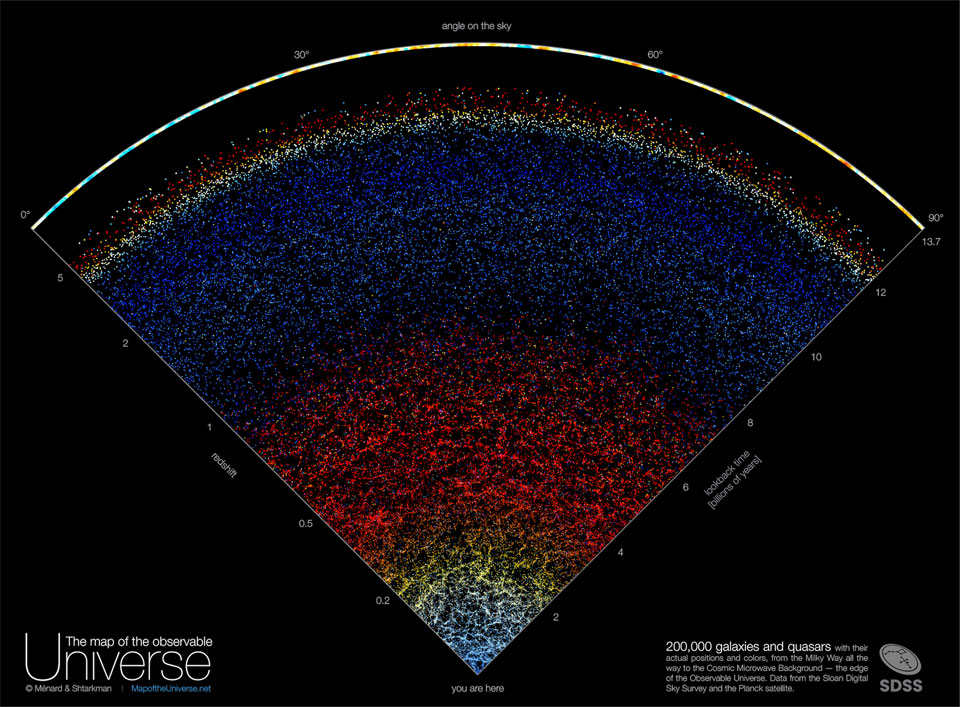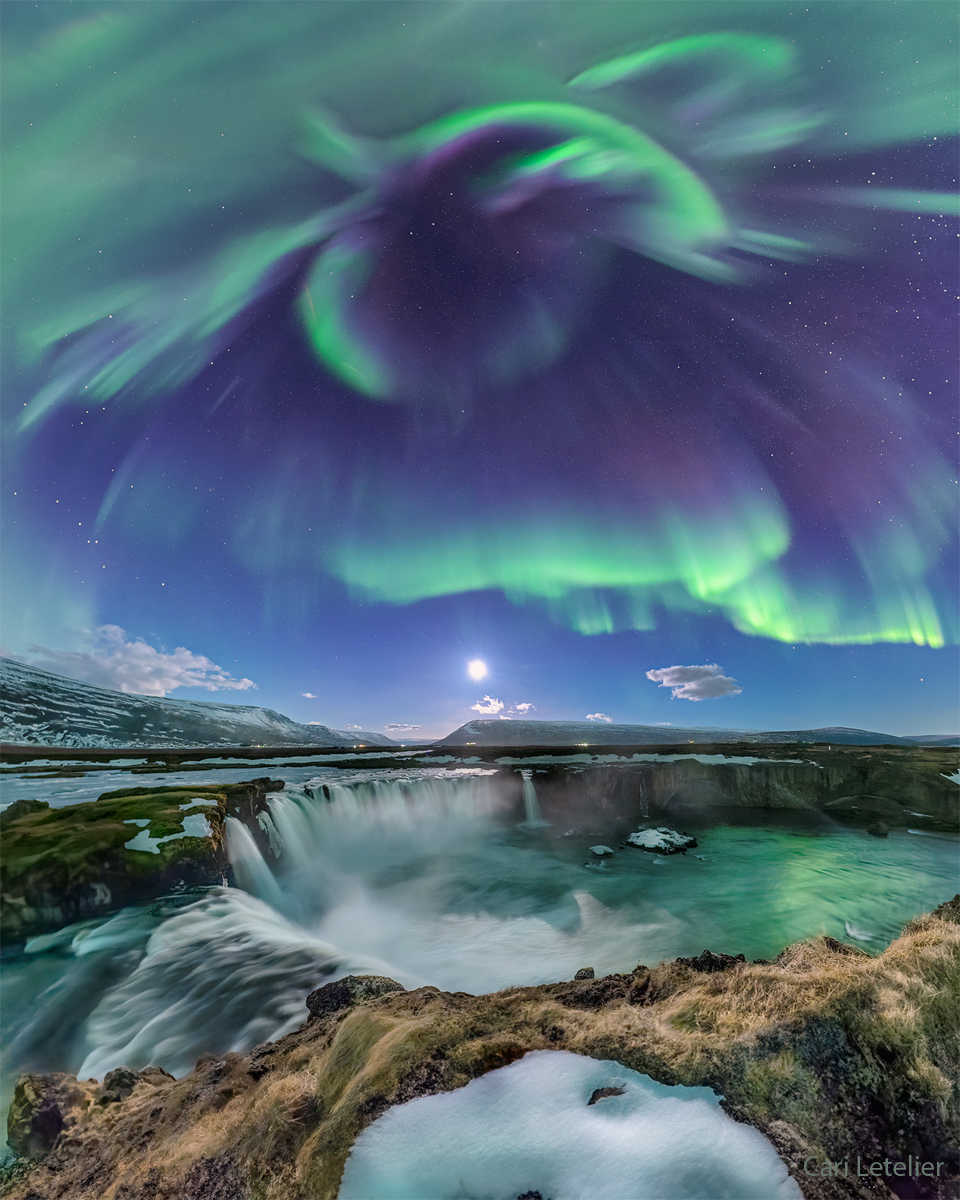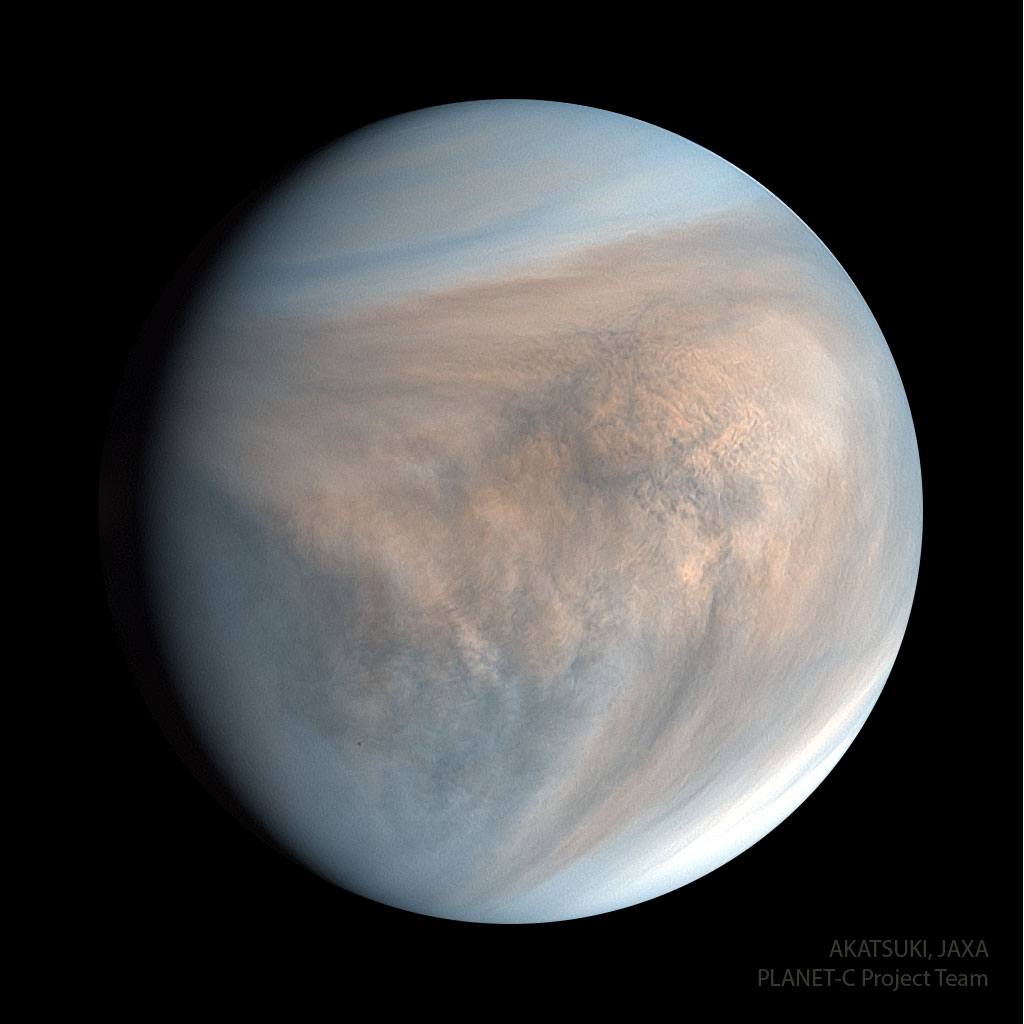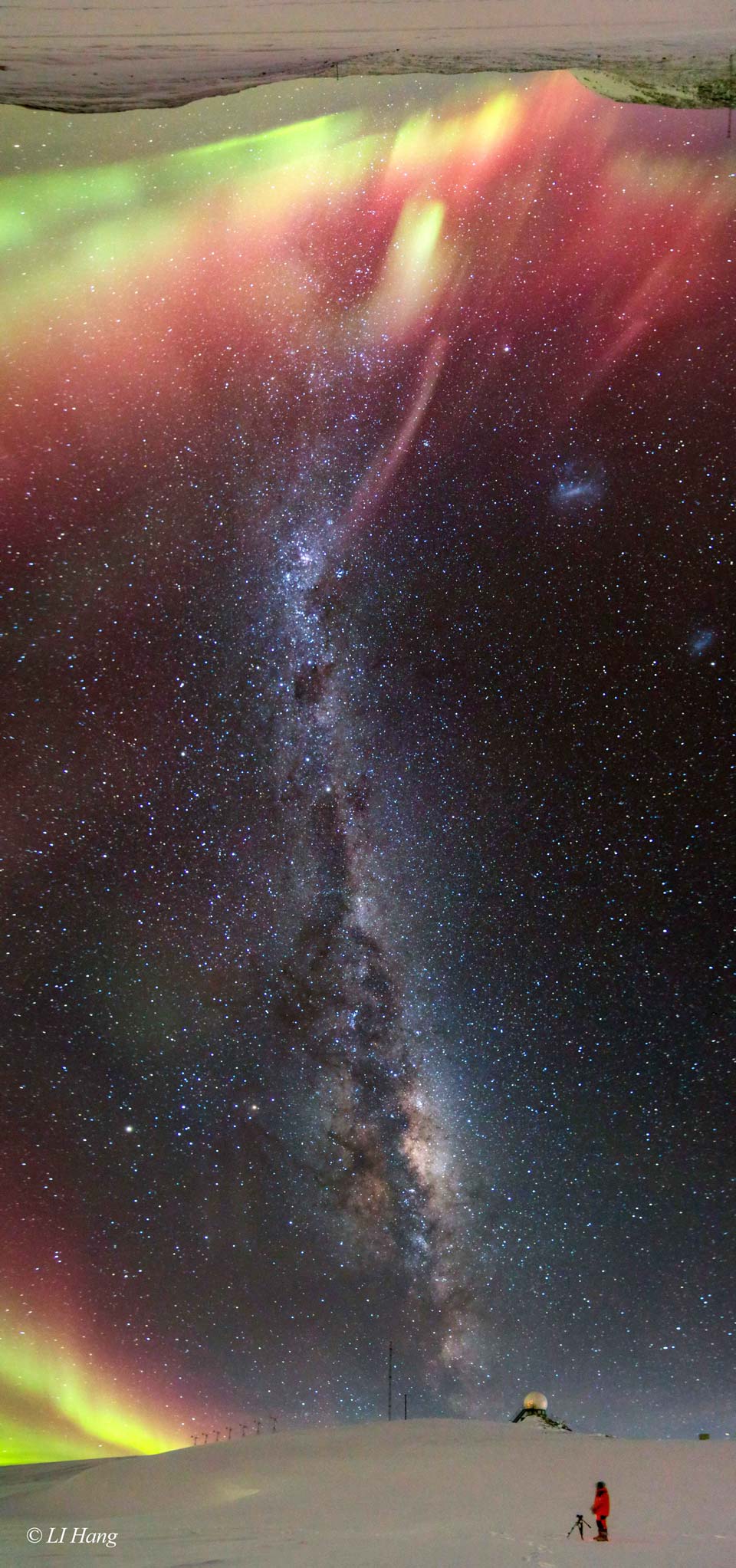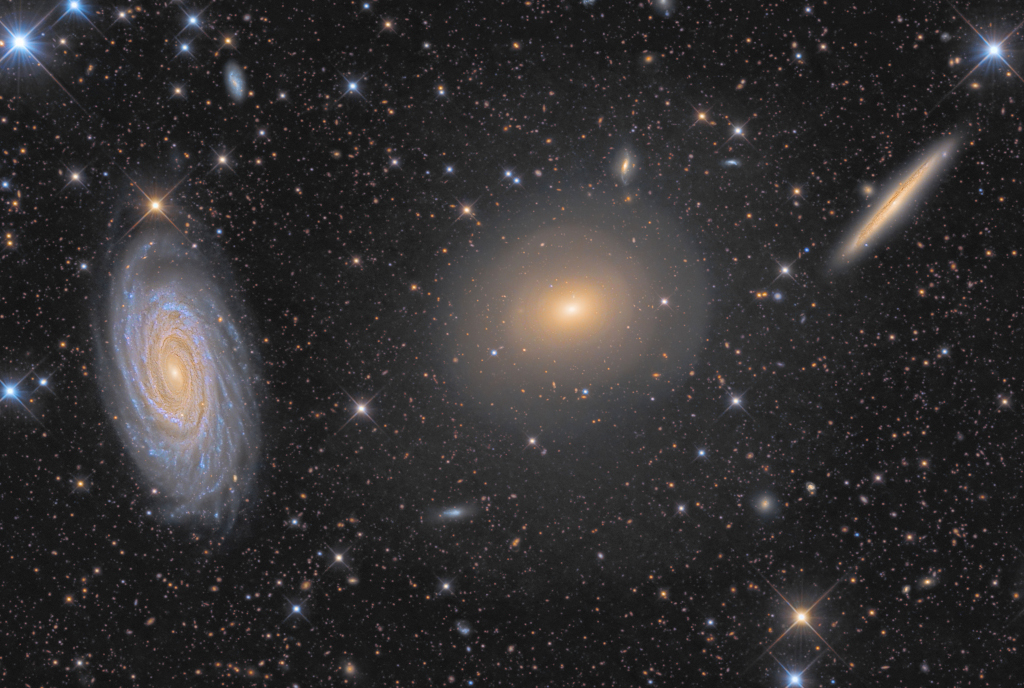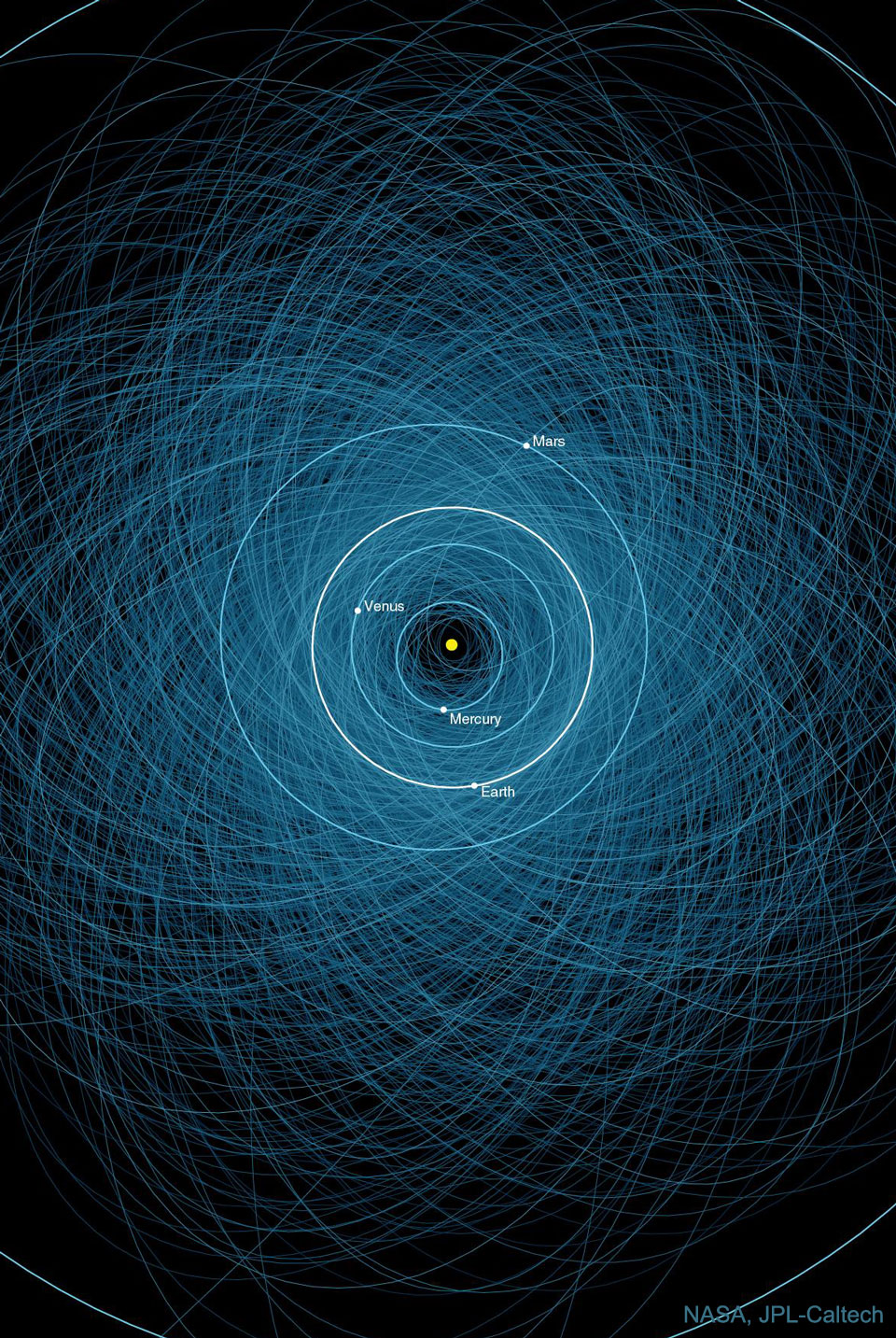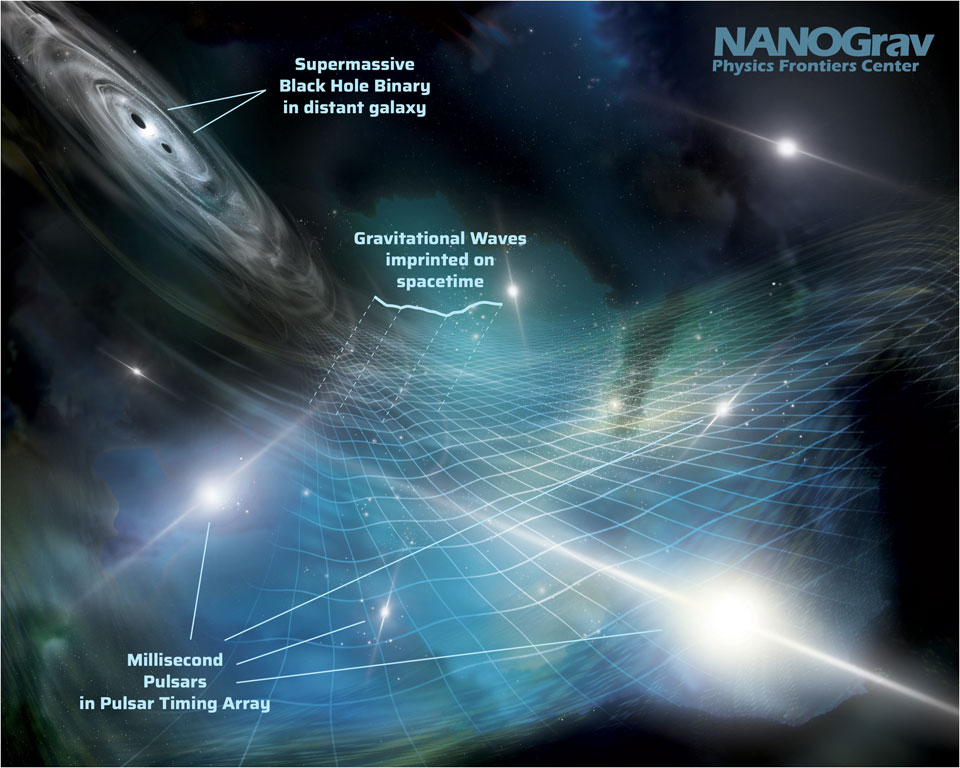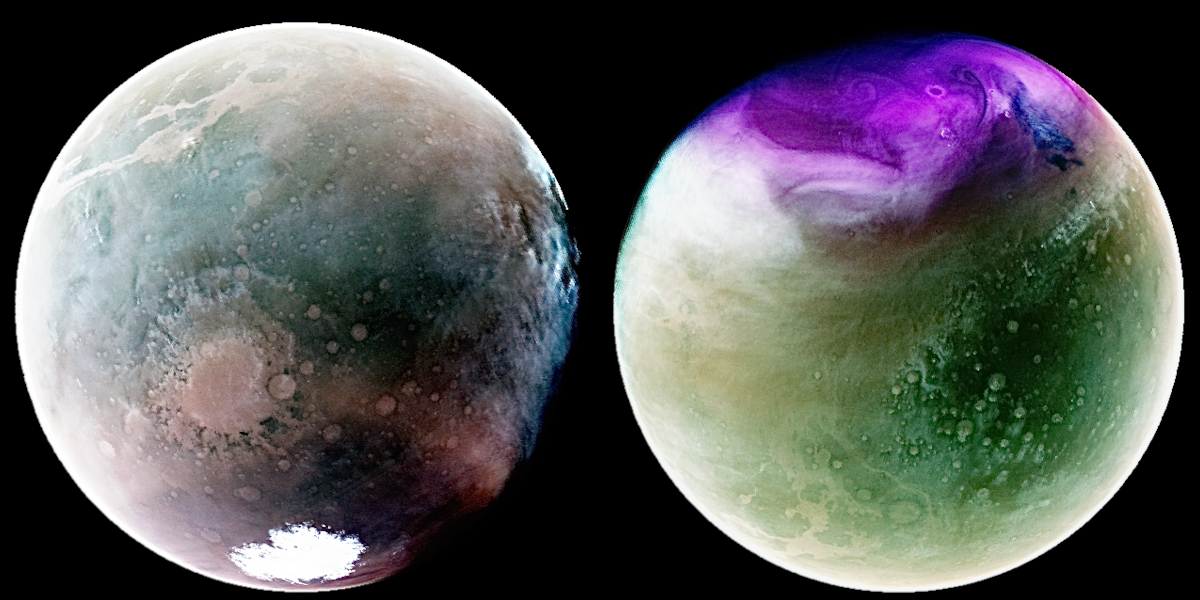안녕하세요, 잡학다식 입니다. 오늘은 과연 나사에서 어떤 방식으로 우주의 형상을 표현해 줄까요?
우선 이미지부터 볼 수 있도록 하겠습니다
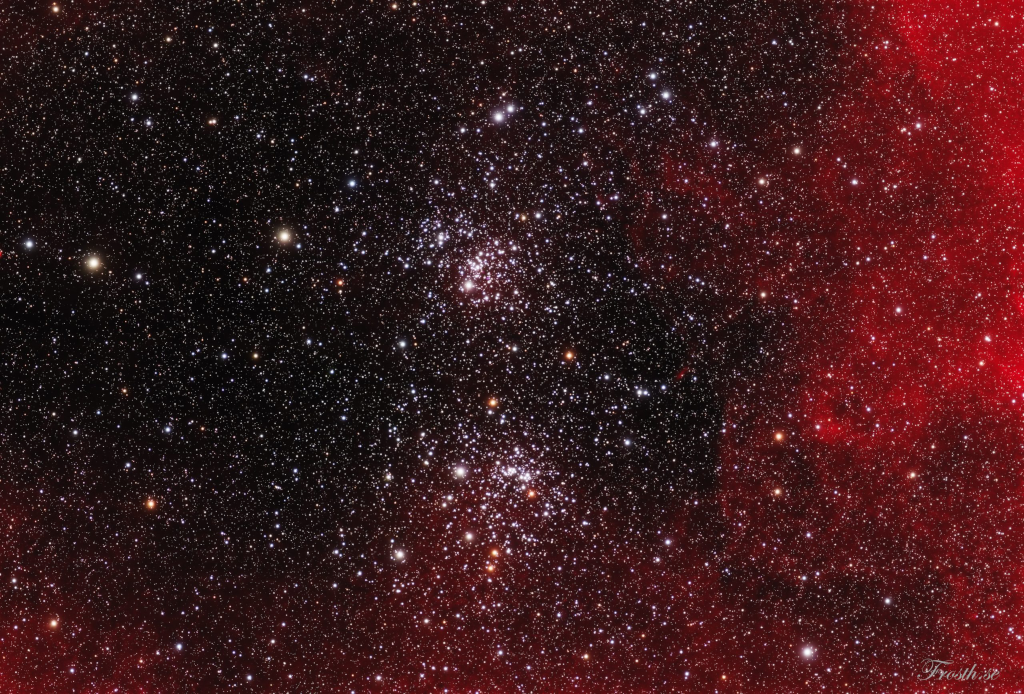
해당 사진의 이름은 The Double Cluster in Perseus 인데요 우선 NASA에서 공식적으로 발표한 설명들을 확인해 보겠습니다
This pretty starfield spans about three full moons (1.5 degrees) across the heroic northern constellation of Perseus. It holds the famous pair of open star clusters, h and Chi Persei. Also cataloged as NGC 869 (top) and NGC 884, both clusters are about 7,000 light-years away and contain stars much younger and hotter than the Sun. Separated by only a few hundred light-years, the clusters are both 13 million years young based on the ages of their individual stars, evidence that they were likely a product of the same star-forming region. Always a rewarding sight in binoculars, the Double Cluster is even visible to the unaided eye from dark locations.
이번에도 광활한 우주 앞에 인간이 얼마나 작은 존재인지 다시 한번 알게 되는것 같습니다
저는 내일도 더 좋은 사진과 함께 돌아오겠습니다, 그럼 행목한 하루 되시길 바랍니다
'과학상식' 카테고리의 다른 글
| NASA 나사의 오늘의 이미지들 (2023-07-09) (0) | 2023.07.10 |
|---|---|
| NASA 나사의 오늘의 이미지들 (2023-07-08) (0) | 2023.07.09 |
| NASA 나사의 오늘의 이미지들 (2023-07-06) (0) | 2023.07.07 |
| NASA 나사의 오늘의 이미지들 (2023-07-05) (0) | 2023.07.06 |
| NASA 나사의 오늘의 이미지들 (2023-07-04) (0) | 2023.07.05 |

